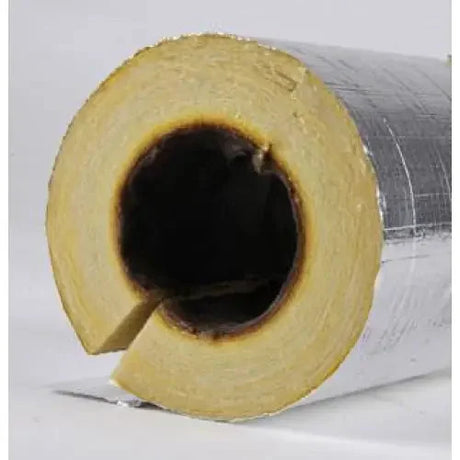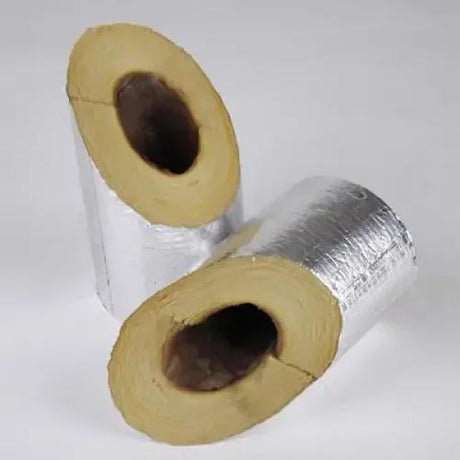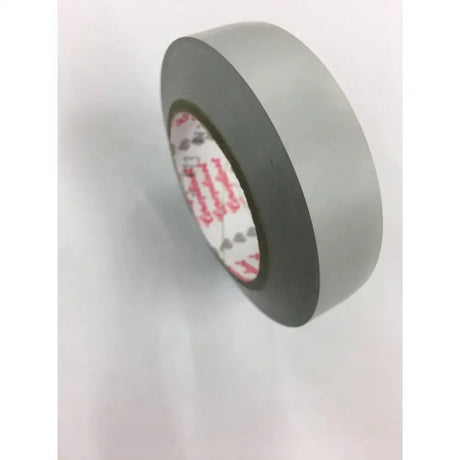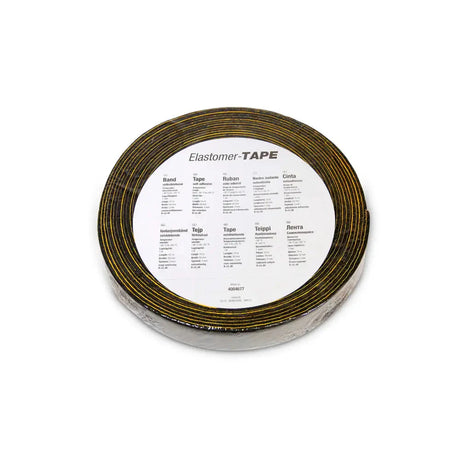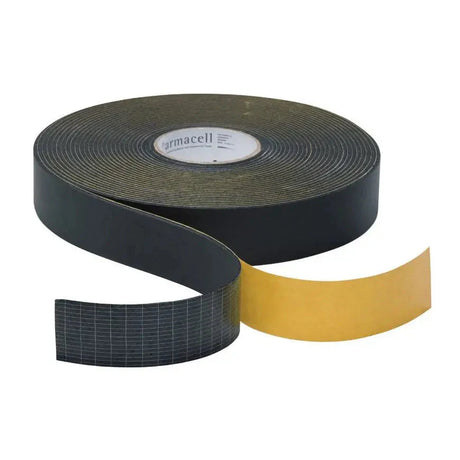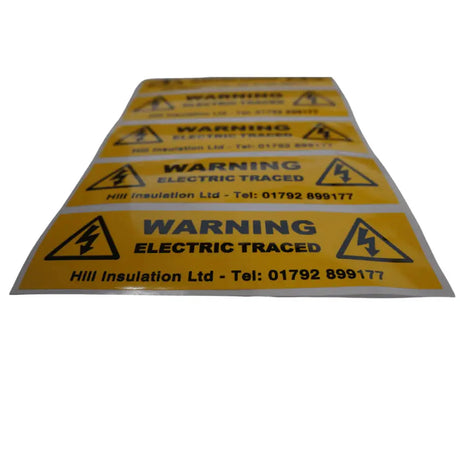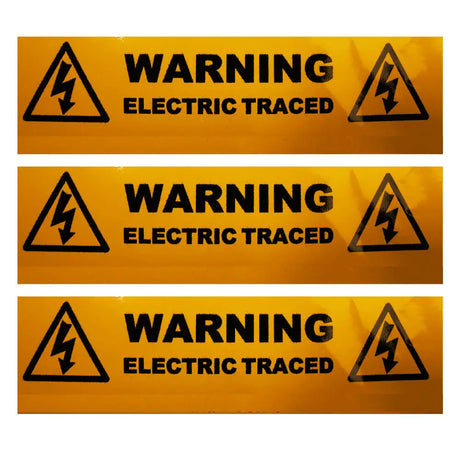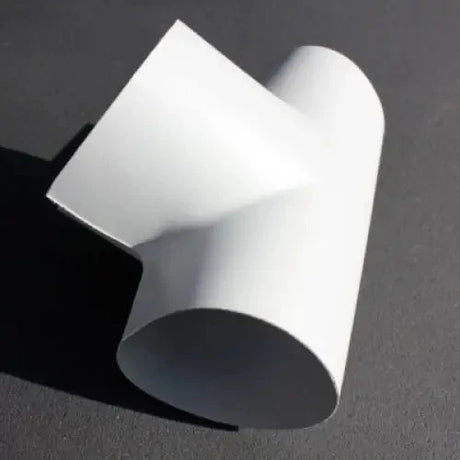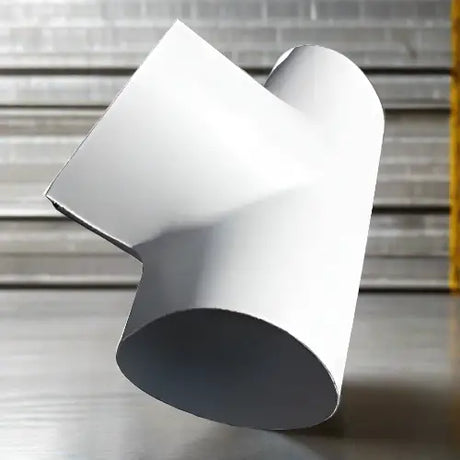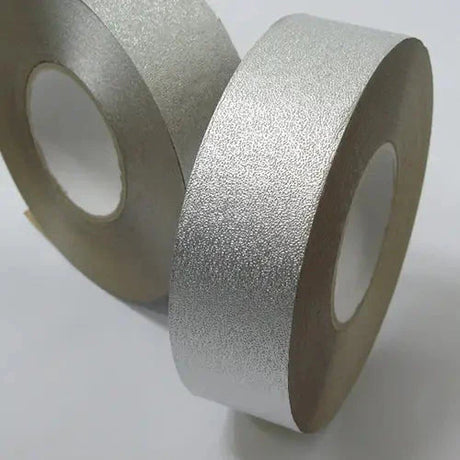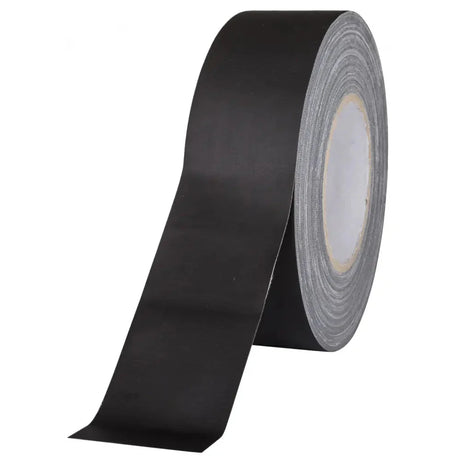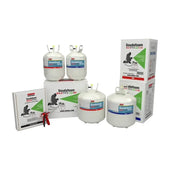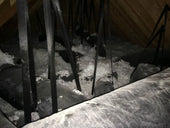Introduction
Soundproofing is no longer a luxury reserved for recording studios and cinema rooms. With more people working from home, the need for a quiet, distraction-free space is more important than ever. But what's the science behind this phenomenon? Let's dive into the world of soundproofing to find out.
Understanding Sound
Before delving into the science of soundproofing, we need to understand what sound is. Sound is a form of energy that moves through air (or any other medium) as waves. It originates from the vibrations of an object. These vibrations cause the surrounding air particles to move, creating pressure waves that we perceive as sound.
Sound Transmission
There are two ways sound can travel: through the air (airborne sound) or by vibrating the structure of a building (impact sound). Airborne sound could be voices or music, while impact sound includes noise from footsteps or dropping items.
The Science of Soundproofing
Soundproofing involves reducing or blocking the transmission of sound. The goal is to create a barrier between the sound source and the area you want to keep quiet. Let's look into some methods used in soundproofing:
-
Absorption: This is often accomplished with materials that are soft and porous, like acoustic insulation. They absorb sound energy and convert it into heat, reducing the amount of sound that passes through.
-
Damping: This technique involves dissipating vibrational energy before it can be transmitted and perceived as sound. Damping materials, often viscoelastic in nature, are used to decrease the resonance in a specific structure or material. A popular application of damping is soundproofing for pipes and ducts.
-
Decoupling: Involves separating two sides of a wall to prevent sound from passing through. This method is effective but can be costly and complicated to implement in existing structures.
Practical Applications of Soundproofing
With the rise of open-plan spaces and remote working, soundproofing in residential settings has become increasingly important. From soundproofing your home office to ensuring your home cinema doesn't disturb the rest of the family, practical applications are numerous.
For those living in apartments, soundproofing common noise transmission points like doors and windows can greatly improve your quality of life. Not to mention, proper sound proof insulation can make a significant difference in reducing noise transmission between floors.
Choosing the Right Soundproofing Material
Different spaces and structures require different soundproofing materials. This can depend on factors such as the type of noise, its frequency, and the design of the room. Let's explore some options available in our Kaisound acoustic insulation collection:
-
Mineral Wool: This is an excellent material for absorbing sound. It's made from strands of molten rock or metal that are spun into a wool-like material. It's an effective sound barrier, thanks to its dense and porous structure.
-
Foam Insulation: Polyurethane or acoustic foam is another popular option. Its irregular surface and cellular structure are great for absorbing sound waves, reducing both airborne and impact noise.
-
Mass Loaded Vinyl (MLV): This is a thin but heavy sheeting that is excellent at blocking sound. It's especially useful in spaces where adding thickness to the walls, floor or ceiling is not feasible.
Part 5: Specialised Applications - Soundproofing Pipes and Ducts
While most people think about walls and floors when they hear 'soundproofing', it's important not to forget about pipes and ducts. Noise from plumbing or heating systems can be particularly disturbing, especially when it reverberates through walls and floors.
Our acoustic insulation for soundproofing pipes and ducts collection offers a range of materials designed to address this issue. These include pipe lagging and duct wrap, which work by absorbing the sound energy produced by pipes and ductwork, reducing noise transmission. You can read more about it in this blog post.
Conclusion
Soundproofing is a mix of science and practical application. It requires an understanding of how sound travels and what materials can be used to absorb, block, or reduce noise transmission. The best approach will depend on the specifics of your situation.
Whether you're looking to create a peaceful home office, a quiet bedroom, or a cinema room that won't disturb the neighbours, soundproofing is a worthy investment. With a range of products available, from acoustic insulation to soundproofing pipes and ducts, you can create the tranquil environment you desire.


